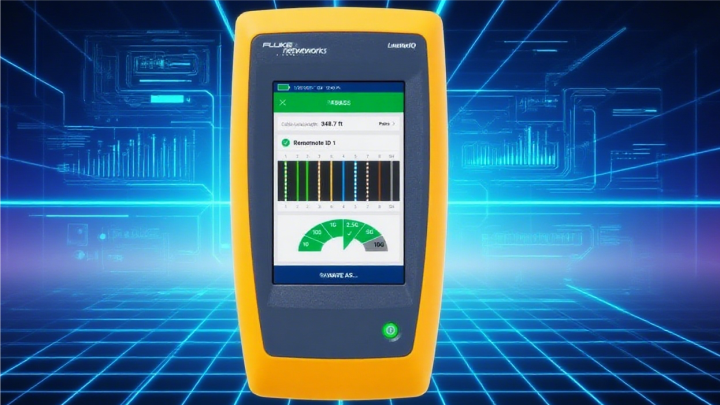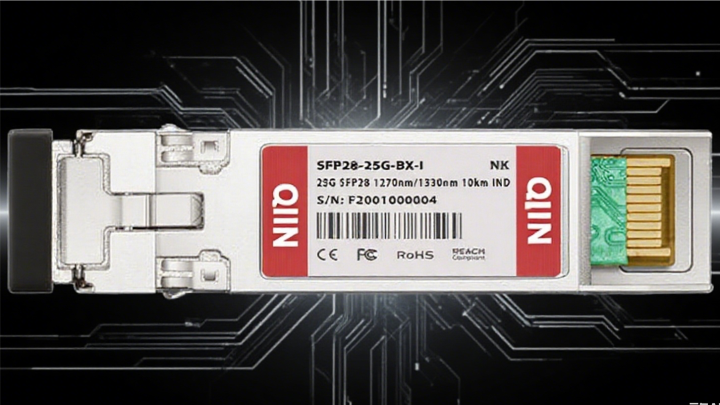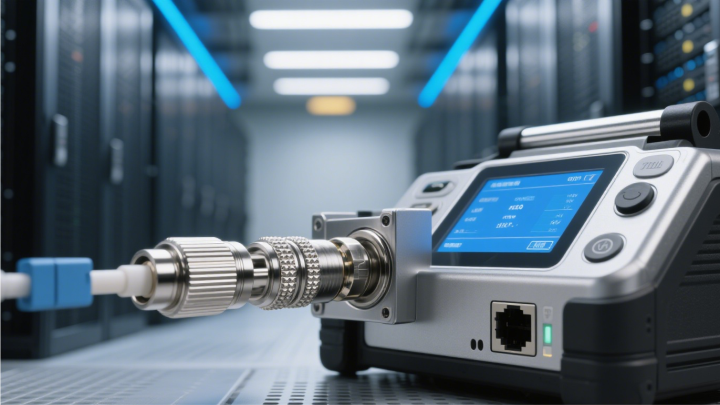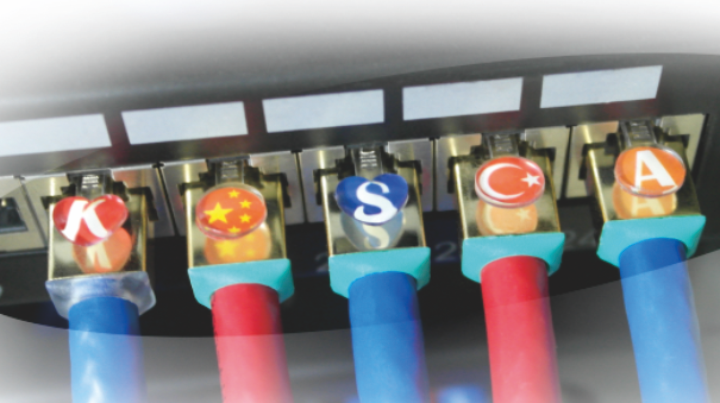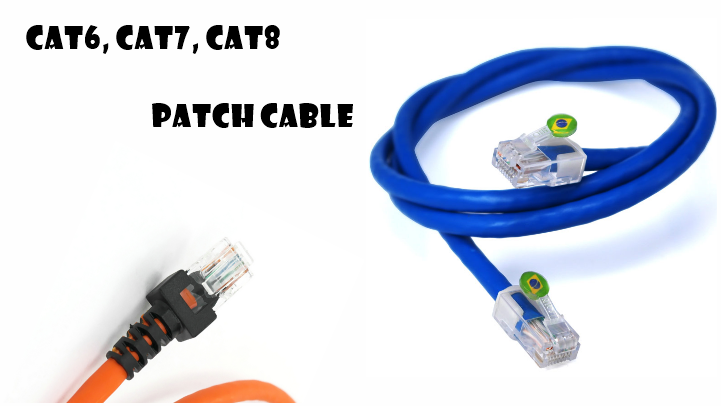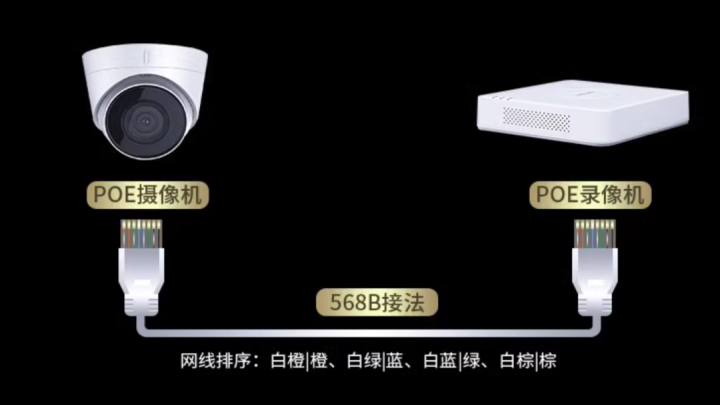Full analysis of wiring test tools
In fields such as network cabling and electrical installation, cabling testing tools are crucial for ensuring line quality and proper operation. They can detect various issues in the wiring, providing reliable evidence for project acceptance and subsequent maintenance. Below is a detailed introduction to common cabling testing tools.
Common cabling test tools
Network cable tester
This is one of the most commonly used tools in network cabling. It is mainly used to detect network cable connectivity, short circuits, cross connections, etc. The working principle is that the transmitter sends signals to each wire core of the network cable, and the receiver receives the signals and determines the line status.
The network cable tester is user-friendly. Simply plug both ends of the network cable into the corresponding ports on the transmitter and receiver units respectively. After powering it on, check the indicator lights to assess the line condition. If all lights illuminate in sequence, the cable is functioning properly. If any lights remain off or show abnormal lighting patterns, this indicates a cable issue. This device serves as an ideal tool for preliminary testing after network cabling installations and for daily troubleshooting of network connectivity problems.
fibre optic test instrument
Optical fiber testers are primarily used for testing optical fiber links, including optical power measurement and fiber loss testing. The optical power meter, a crucial component of these testers, measures the power level of light signals to evaluate transmission performance in fiber links. A stable light source provides consistent optical signals, working in tandem with the optical power meter to conduct fiber loss measurements.
During use, the stable light source is connected to one end of the optical fiber, and the optical power meter is connected to the other end of the optical fiber. The loss of the optical fiber can be calculated by reading the value of the optical power meter. The optical fiber tester is suitable for the acceptance of optical fiber wiring engineering, maintenance of optical fiber network and other scenarios
Cable fault tester
Cable fault testers are designed to identify faults in power cables, communication cables, and similar equipment, including open circuits, short circuits, and grounding issues. These devices typically consist of a transmitter, receiver, and detection coil. The working principle involves the transmitter sending specific signals into the cable, while the receiver captures reflected or induced signals. By analyzing signal variations, the system determines the exact location of faults. These testers effectively locate and resolve cable malfunctions, significantly enhancing maintenance efficiency in power systems.
Key points for selecting wiring test tools
Test requirements: Different wiring scenarios and test purposes require different test tools. If it is network cabling test, network cable tester is the basic; if it is fiber optic cabling, you need to choose fiber optic tester.
Accuracy and reliability: the accuracy of the tool directly affects the accuracy of the test results, so we should choose products with high accuracy and stable performance. Products from well-known brands are usually more guaranteed in terms of accuracy and reliability.
Ease of use: Choosing a test tool that is simple to operate and user-friendly can improve test efficiency, especially for non-professionals.
Price: Choose the right product based on the budget and test requirements. Don't blindly pursue high-priced products, nor should you only care about cheap products and ignore quality.
Precautions for using wiring test tools
Read the product instructions carefully before use to understand the tool usage and precautions to avoid damage to the tool or affect the test results due to improper operation.
The test tools should be calibrated and maintained regularly to ensure stable performance. The calibration cycle can be determined according to the tool's usage frequency and accuracy requirements.
During the test, attention should be paid to safety. Especially when testing high voltage cables, relevant safety operation procedures must be observed to prevent safety accidents.
In short, only by understanding the types, functions and usage methods of cabling test tools, choosing appropriate tools according to actual needs, and correctly using and maintaining them can we give full play to their role and ensure the quality and stable operation of cabling system.
-
fibre-optical
Jul 22, 2025
-
Classified by control technology
Jul 22, 2025
-
Aliyun VS Baidu Cloud
Jul 19, 2025
-
Smart factory network cabling
Jul 19, 2025
-
Full analysis of wiring test tools
Jul 19, 2025
-
Enterprise network cabling
Jul 19, 2025
-
Can you do smart control without the Internet
Jul 19, 2025
-
Principle of whole house intelligent control
Jul 18, 2025
-
Specifications and functions of light modules
Jul 18, 2025
-
Fiber optic engineering
Jul 18, 2025
-
Common classifications and their specific types:
Jul 18, 2025
-
Parking fee system
Jul 14, 2025
-
Video face recognition big data system
Jul 14, 2025
-
Starlink is a low-orbit satellite launched by SpaceX
Jul 14, 2025
-
5G base station project
Jul 14, 2025
-
5G and Starlink overview
Jul 14, 2025
-
Internet Data Center (IDC)
Jul 11, 2025
-
Enterprise LAN solutions
Jul 10, 2025
-
Video transmission theory
Jul 10, 2025
-
Patented technology and marked RJ45 crystal head
Jul 10, 2025
-
Advantages and disadvantages of intelligent control
Nov 30, 2024
-
Video Streaming Data Center
Nov 30, 2024
-
Computer Centre
Nov 30, 2024




